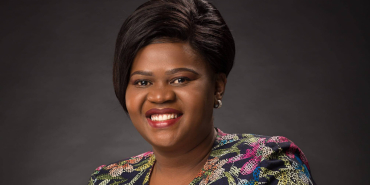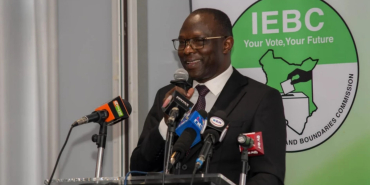The Unspoken Hardships Facing Kenyan Women Living with Albinism

Women with albinism in Kenya face unprecedented challenges as climate change intensifies their already complicated relationship with the sun.
Rising ultraviolet radiation levels have made protective measures increasingly critical. Despite governmental interventions, many women struggle to access essential sun protection resources. The personal story of Zipporah, a 35-year-old Nairobi resident living with albinism, illustrates these daily challenges. She frequently confronts the difficult choice between providing food for her family and purchasing vital sunscreen. Forced to resort to inadequate alternatives like milking jelly, Zipporah exemplifies the harsh realities faced by many in her situation when proper sunscreen becomes financially or physically inaccessible.
While institutional support exists through organizations like the Kenya Medical Supplies Authority (KEMSA) and the National Council for Persons with Disabilities (NCPWD), their efforts to distribute sunscreen through public health facilities face significant obstacles. Bureaucratic hurdles, insufficient budget allocations, and complex registration processes continue to impede effective distribution networks, leaving many vulnerable individuals without adequate protection.
The Albinism Sunscreen Support Program, launched by the NCPWD in 2015, represents a notable step forward in addressing these challenges. The program has achieved considerable success, distributing more than 100,000 tubes of sunscreen and contributing to a marked reduction in skin cancer cases among people with albinism. These efforts align with broader advocacy initiatives pushing for the reclassification of sunscreen as an essential medicine, which would ensure greater accessibility and availability. However, the challenges extend beyond mere access to sunscreen.
Deep-rooted societal stigma and discrimination against people with albinism create additional barriers to accessing essential resources. These social obstacles, combined with economic hardships and systemic inefficiencies, create a complex web of challenges that disproportionately affect women with albinism.














Add new comment